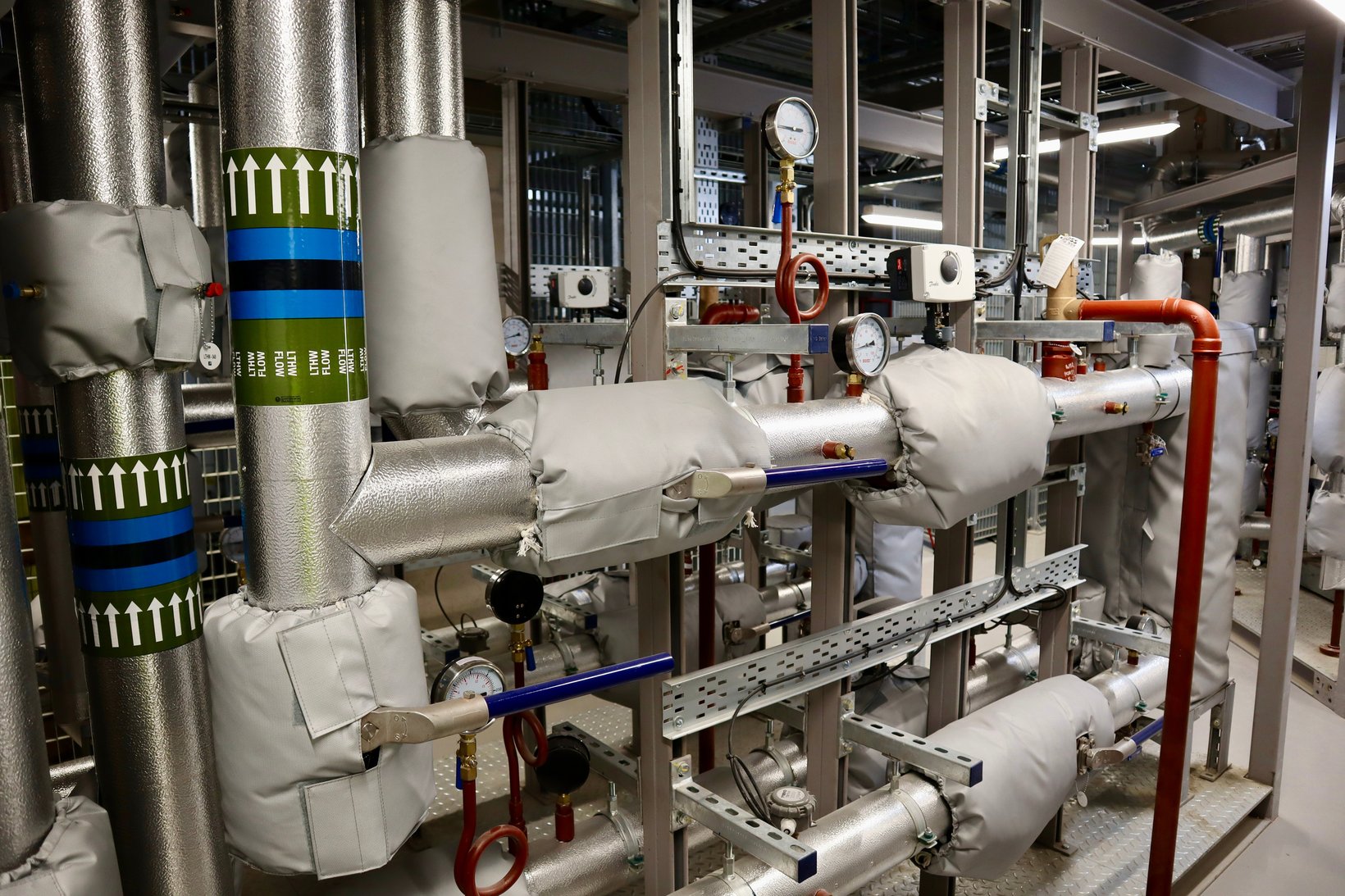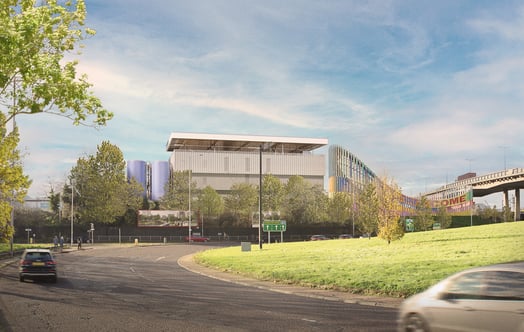
Groundbreaking campus connection goes live as University of Bristol's new Temple Quarter Enterprise Campus taps into Vattenfall's Bristol heat network
- One of the country’s most innovative, low carbon heating systems is now active in Bristol with the connection of the University of Bristol’s Temple Quarter Enterprise Campus new Academic Building to Vattenfall's low carbon heat network.
- This is one of the first times in the country that a building will be capable of exporting heat from its own computer servers and cooling system back into a citywide heat network, helping to heat other local buildings and reduce carbon emissions
- The heating system is now active which will allow the academic building to be tested and commissioned, in readiness for University students to arrive at the start of the academic year in September 2026
Vattenfall, one of Europe’s leading providers of low carbon heating, has connected the University of Bristol’s Temple Quarter Enterprise Campus (TQEC) Academic Building to its citywide heat network.
Working together, Vattenfall and University of Bristol have delivered a heating and cooling system that can capture and reuse excess heat from the University’s computer servers. This will help to provide heating and hot water for the rest of the campus in the future, as well as homes and businesses in the local area.
The building will begin exporting heat and, as the Bristol heat network grows, make the heat network more resilient by adding additional low carbon heat sources. Bristol’s heat network is an essential piece of infrastructure which will help the city reduce its harmful carbon emissions and reduce the city's reliance on imported fossil fuels.
The TQEC Academic Building will be home to world-class teaching and research across business, innovation, digital engineering, artificial intelligence, quantum and more. The campus is the catalyst for the UK’s largest regeneration project, Bristol Temple Quarter, a 135-hectare site that will deliver jobs, homes, public and green spaces. The Bristol heat network will underpin this through new, resilient energy infrastructure – meaning people can live, work and learn in buildings heated by low carbon sources.
The University’s Academic Building design uses heat pump technology to enable excess heat to be sent into the Bristol heat network, rather than being wasted. This innovative approach is one of the first in the UK and was only achievable through close collaboration and a mutual commitment to delivering world class, low carbon heating solutions.
The project showcases the potential of heat networks to capture, reuse and recycle heat that already exists, reducing energy demand and driving down carbon emissions. It also demonstrates the power of partnership between the University of Bristol, Bristol City Council, Bristol City Leap and Vattenfall.
Dom Barton, Director of Bristol Heat Networks at Vattenfall, said:
“We’re delighted to be working with the University of Bristol to provide heating, hot water and cooling to the new Temple Quarter Enterprise Campus. This project shows how versatile and innovative heat networks are, recycling excess heat from a range of different sources like computer servers and using it in the University campus as well as in the citywide heat network.”
Stephen Runicles, interim Temple Quarter Project Director, said:
“We are committed to reducing our carbon emissions and the city-wide Bristol heat network offered an opportunity for lower carbon heat energy that is commercially viable long term. Our approach in the technical design has been to effectively use, capture and reuse heat energy in the building, and to incorporate the capability to export excess heat to the city-wide network in the future as it matures. It has been a long journey for our first connection, and we look forward to a successful long-term relationship.”
“I am delighted with how well the team have coordinated and communicated over the last month. An absolute focus at an impressive pace to meet all the testing and documentation requirements - achieving ‘Adoption’ by Vattenfall on Friday, 3rd October 2025. Thanks to Vattenfall and the Bristol heat network team, Sir Robert McAlpine, NG Bailey, AECOM, Core Group, Buro Happold, Osborne Clarke, Burges Salmon and colleagues at University of Bristol.”




